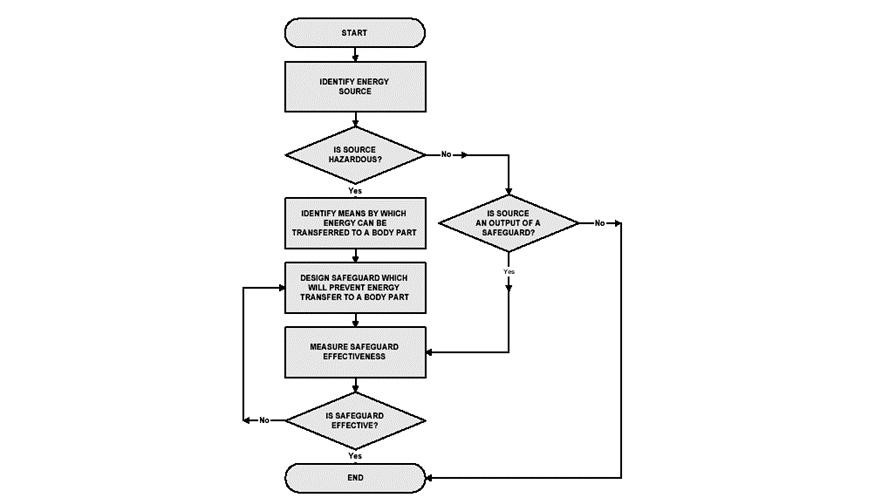
Source: IEC Blog (https://www.iec.ch/blog/)
|
The international standard, IEC 62368-1, takes a hazard-based approach to the safety of electrical and electronic devices. It also makes it easier to introduce new technologies to the marketplace. IEC 62368-1 is applicable to the safety of electrical and electronic equipment within the field of audio, video, information and communication technology, and business and office machines with a rated voltage not exceeding 600 V. It does not include requirements for performance or functional characteristics of equipment. The technology independent standard manages to cover a broad range of products as the requirements are performance-based rather than prescriptive. This approach to safety standards has become increasingly necessary as devices become smarter, more complex and portable, typically merging audio video technologies with information and communications technology. The standard’s focus on energy safety gives manufacturers greater freedom to explore hardware technologies and will have a major impact on the design of new products. The main hazards are: electric shock; electrically caused fire; hazardous substances (chemical exposure); mechanical (stability, sharp edges, moving parts); thermal burns (hot surfaces); and radiation (laser, ionizing, acoustic). IEC 62368-1 clearly identifies potentially hazardous energy sources in order to put safeguards into place. It defines a safeguard as a device or scheme or system that either is interposed between a hazardous energy source and a body part, or that prevents hazardous energy from transferring to or from a body part. The standard recognizes that the evolution of energy sources is inevitable. For this reason, it requires engineers to identify energy sources and to assign them to one of three relevant classes: one is for sources that are detectable without pain to users, two for those that cause pain on exposure and three for energy sources that cause injury when a transfer mechanism is present. The general idea is that safeguards should reflect the capability of the user and evolve in line with developments in energy sources. The standard identifies three kinds of user, called Ordinary Person, Instructed Person and Skilled Person, who have different needs and face different challenges. It aims to boost safety for all three. IEC 62368-1 is the work of IEC Technical Committee 108, which was set up with the responsibility of developing safety Standards for electronic devices in the areas of audio/video, and ICT. It merged the work areas covered by TC 92 (audio/video and electronic equipment for household use) and TC 74 (data processing equipment).
Contact IEC
International Electrotechnical Commission P.O. Box 131 CH - 1211 Geneva 20 - Switzerland Phone: +41 22 919 02 11 Fax: +41 22 919 03 00
Contact BPS – The Philippines’ member to IEC Bureau of Philippine Standards (BPS) Department of Trade and Industry 3F Trade and Industry Bldg., 361 Sen. Gil Puyat Ave., Makati City, Philippines T/ (632) 751.4736; 507.7307 F/ (632) 751.4748; E-mail: This email address is being protected from spambots. You need JavaScript enabled to view it. |
